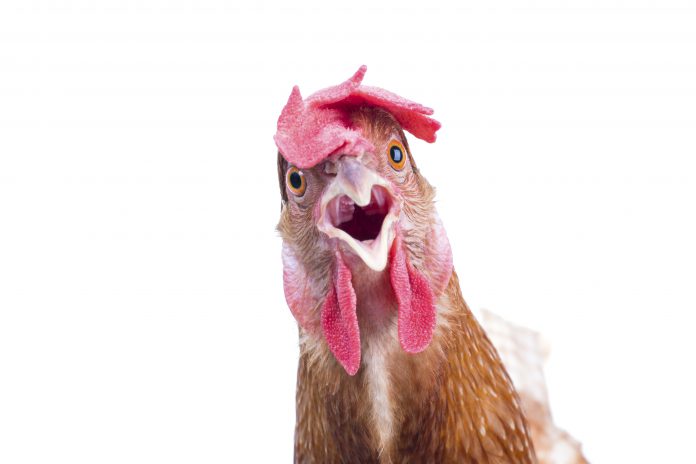Is the Federal Reserve in the midst of its quickest pivot ever? It seems to be.
Only two months ago, central bankers were united in their plans to keep raising interest rates. But now they’re retreating amid a selloff in stocks, some weaker economic data and pressure from the White House.
Check how some of these policymakers have quickly flipped from hawk to dove:
Fed Chair Jerome Powell
October 3: Low rates are “not appropriate anymore.” We’re raising them now but “we’re a long way from neutral.” In other words, they weren’t high enough yet. Hawk
November 14: “Down the road you see challenges ahead… We have to be thinking about how much further to raise rates and the pace at which we will raise rates.” Dove
Fed Vice Chair Richard Clarida
October 25: “Further gradual adjustment in the federal-funds rate will be appropriate.” (At the time, everyone was expecting higher rates.) Hawk
November 16: “If you’re in a dark room… you want to go a little bit slow so you don’t stub your toe. I think that data dependence makes sense right here.” Dove
FOMC member Raphael Bostic
October 23: “One thing seems clear: there is little reason to keep our foot on the gas pedal.” (“Foot on the gas”=”low rates”.) Hawk
December 6: “I currently think we’re within shouting distance of neutral, and I do think neutral is where we want to be.” Dove
That kind of flip-flopping caused Fed watchers including The Wall Street Journal and Goldman Sachs to predict more dovish guidance from the central bank’s meeting tomorrow afternoon. Others, from TV pundits to government officials and big investors, have joined the chorus against further hikes.
Interest-rate futures still show odds favoring a 25-basis point increase, although the statement about future actions is expected to be more ambiguous about 2019.
Officials have used the term “data dependent” to justify their apparent turn. To paraphrase, “we’re not committed to hiking rates; we’ll do what the numbers tell us to.”
Ironically, the data seems to have gotten better in the last few days. The Atlanta Fed’s GDPNow estimate is tracking the strongest fourth-quarter growth in over a month, thanks to a pair of strong reports last week.
Still, two other considerations argue against rate hikes. One is the almost-inverted yield curve — a negative for banks. The quickest way to fix it is to stop raising short-term rates. Second, the brutal selloff in oil will inevitably lower some inflation forecasts.
But in the end, the biggest issue may be investor sentiment, with equities mired in their worst quarter since 2011. The Fed entered the quarter with talons of a hawk. Then presidential tweets and limited signs of an economic slowdown turned it dovish. Now with S&P 500 trying to hold its lowest levels in over a year and volatility still rising, is the Fed’s next stop just plain chicken?



























